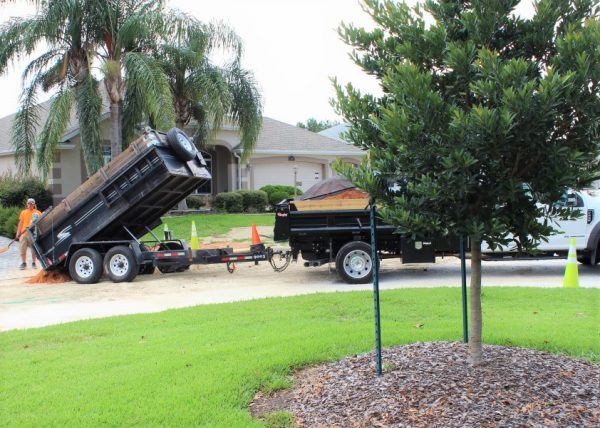Three reports – two geotechnical and one structural – all make one thing clear about a home in the Village of Calumet Grove that was severely damaged by sinkholes in February: The structure and the lot it sits on are unstable and dangerous at best.
And two of the reports make another thing clear – the house at 17092 McLawren Terrace that belongs to widow Doris Morrill isn’t salvageable and must come down.
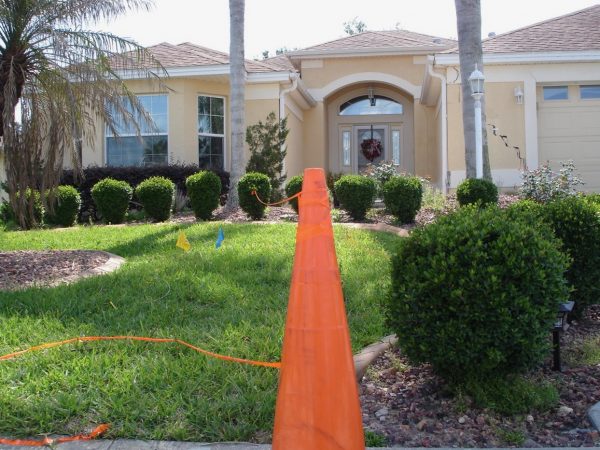
That conclusion comes from both Bowen Engineering of Orlando and Andreyev Engineering Inc. of Oxford – two firms working in conjunction with GeoView, a St. Petersburg-based company that conducted a geophysical investigation June 22 on Morrill’s property.
GeoView’s report was based on the use of ground-penetrating radar (GPR) at various places inside Morrill’s home and on her property, as well as in the retention pond area behind her house and along McAlpin Street. The estimated depths of the signal penetration were five to 10 feet inside the house, 10 to 15 feet on the lot and five to 15 feet in the other areas that were checked.
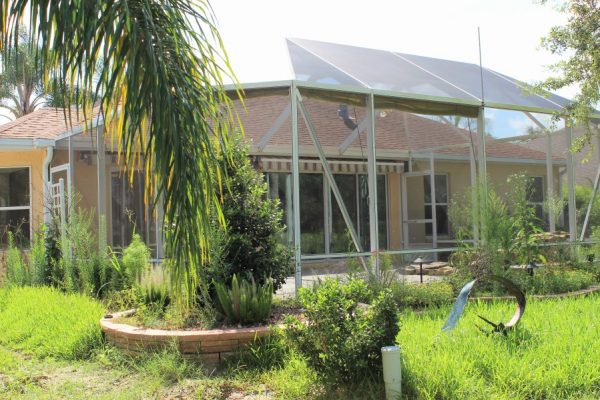
According to the report, four “GPR anomalies” – subsurface conditions that may be associated with sinkholes – were located during the survey. Each contained areas where changes in the depth of the GPR signal was recorded, indicating the possibility of sinkhole activity.
The anomalies included:
• A semi-elliptical area of about 450 square feet located just northwest of the residence;
• An elliptical area of approximately 60 square feet located near the northwest corner of the residence;
• A semi-elliptical area of about 110 square feet at an unspecified area of the property with an apparent disruption in the soils at a depth range of approximately one to seven feet below the surface; and
• A semi-elliptical area of about 90 square feet located on a portion of McAlpin Street.
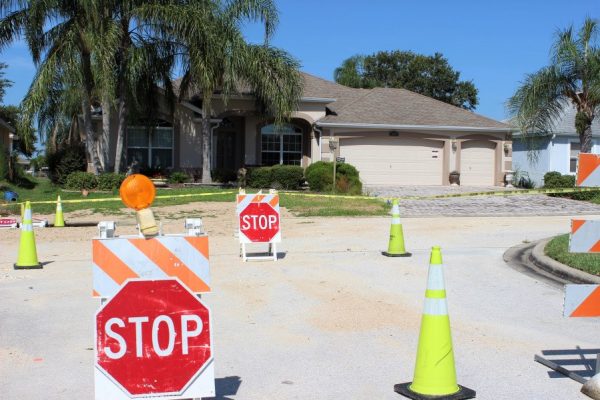
Officials from Andreyev Engineering and a structural engineer from Bowen Engineering, William H. Matthews, also evaluated Morrill’s property. They were trying to determine if remedial measures could be taken “to help ensure public safety, as well as the safety of workers” that will be performing an evaluation and possible repairs to a storm water runoff pipeline that runs between Morrill’s house and the one next door owned by Frank and Jan Neumann, which also was extensively damaged by the sinkholes.
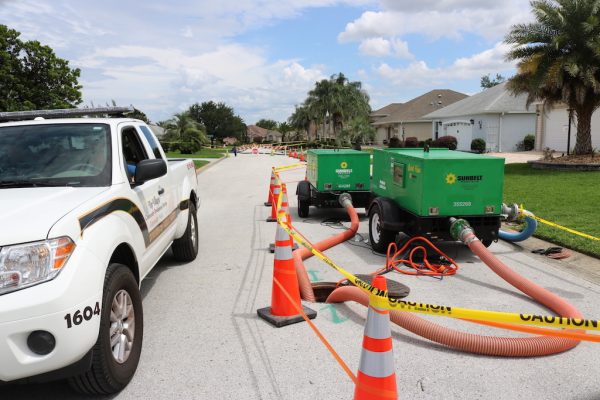
According to a letter dated Monday, July 2 from Andreyev Engineering Vice President Steve E. Barfield sent to Sam Wartinbee of District Property Management, several issues were found at Morrill’s house:
• The floor varied in elevation about 4.3 inches, “with a severe drop in elevation noted at the area where the house and garage meet;”
• The elevation of the garage floor varied approximately 3.4 inches, with the lowest elevation located in the southwest portion where it connects to the house; and
• Morrill’s slab “is well outside” the tolerance of 1.5 inches set by the American Concrete Institute for residential floor slabs.
“These results potentially indicate that something severe may have occurred beneath the floor slab in the area where the house meets the garage,” the letter states, adding that GeoView’s survey also found issues in the same area.
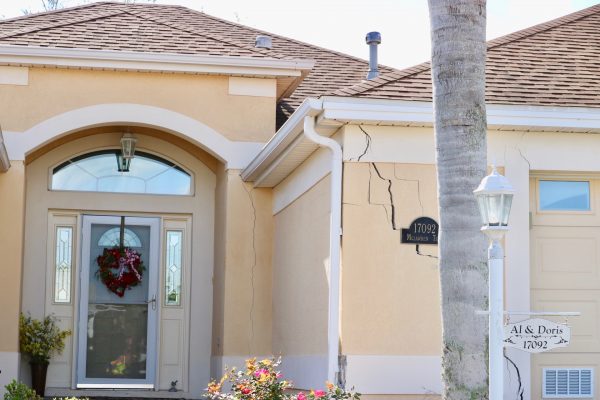
Barfield also cited a letter submitted by Bowen Engineering that labeled Morrill’s house as “structurally unstable and therefore not inhabitable.” That letter also cites signs of “major settlement” of the supporting soil around the house, which has “structural distress” in several areas. And it concluded that those are signs of instability that could lead to unpredictable “imminent structure failure or collapse” of Morrill’s house, thereby providing good reason for Marion County building officials to condemn the home.
Barfield said his agency agrees with the assessment provided by Bowen Engineering and recommends that Morrill’s house “should be removed prior to stabilization of the subsurface conditions in this area. Then once subsurface stabilization of this area is complete, repair of the storm pipe can be performed.”
Barfield also said that drilling borings immediately adjacent to Morrill’s house is not safe, and therefore, his company won’t provide that service.
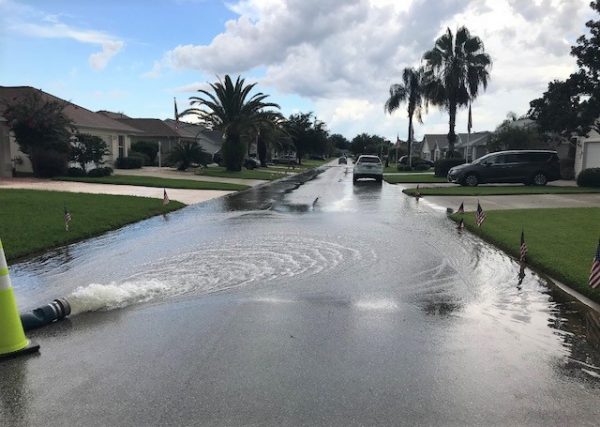
Assistant District Manager Richard Baier said those recommendations are certainly being taken seriously, which is why crews can’t yet assess the storm water pipeline that runs between the damaged homes or make repairs and repave the portion of McLawren Terrace that was damaged by a second wave of sinkholes in late May.
“We just can’t have workers or equipment in there until testing is done and it’s stabilized by the property owner,” he said. “We’ve absolutely got to make sure it’s safe.”
